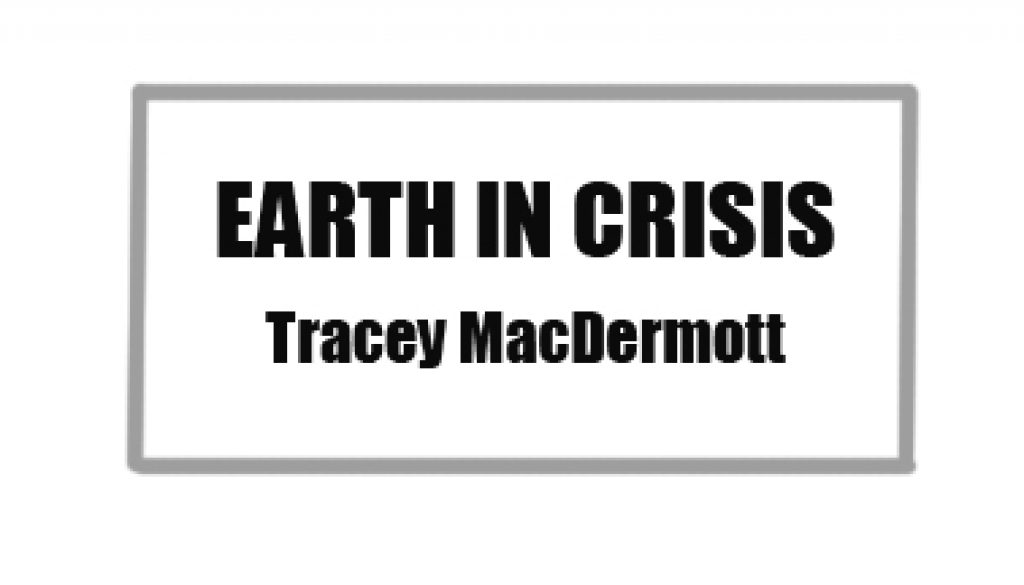Imagine If Cement Was A Country
Don’t Send The Old House To The Landfill
By Tracey MacDermott
For the GPHN

Every year The NGO Global Footprint Network releases the Earth Overshoot Day report, which calculates the day that we humans have used up our natural reserves (water, land, timber and clean air) for any given year. Once that date is reached we cannot regenerate the same resources by the end of the year. We reached that day in 2020 on Aug. 22.
On topic, and more specifically, we are running out of sand. This may seem impossible to fathom as you sink your toes in your favorite beach or take a hike in Colorado’s Great Sand Dunes National Park and Preserve, yet we are. Sand is one of the most consumed natural resources. It is used to create concrete, glass windows, and roads, among other things. In order to make these materials, sand from riverbeds and floodplains, as well as seashores, is used. This has led to the stripping of riverbeds and beaches.
Now let’s consider cement. In 2019, The Guardian reported that up to 8 percent of the world’s greenhouse gas emissions come from the production of cement. If cement was a country, the report noted, it would be the third largest greenhouse emitter in the world — just behind the United States and China.
Cement production has quadrupled by four times within 30 years, with projections showing a continued rise through 2050. In her book, Building Reuse: Sustainability, Preservation, and the Value of Design, author Kathyrn Rogers Merlino writes that the United States demolishes 1 billion square feet of existing buildings and replaces them with new ones with a large amount of the teardown being sent to a landfill.
Almost 40 percent of energy-related greenhouse gas emissions comes from buildings and the construction sector. What if adaptive re-use, conservation of materials and reduction of landfill rates were our guiding planning principles in our city and our state?
I can’t remember the last time I did not see a crane in our Denver skies, or a time when I did not see an entire 100-year old home being demolished when strolling through our neighborhood.
Some think that tearing the house down and replacing it with an energy efficient structure will help the environment. Historic preservationists point out that you lose all the embodied energy of that home when it is taken down and sent to the landfill.
The National Trust for Historic Preservation notes the following stats:
• An existing 50,000-square-foot building represents 80 million BTUs of embodied energy (the equivalent of 640,000 gallons of gasoline).
• Demolition of such a building results in 4,000 tons of waste.
If only 40 percent of materials are retained, it would take 65 years for a new green, energy-efficient building to recover the embodied energy lost.
Data shows that the life cycle of new buildings is far less than buildings built 65 years ago. Park Hill’s older homes should be viewed as an opportunity. Each one has the potential for energy upgrades and conservation of embodied energy.
We should urge our city and state officials to push for a tax on the use of virgin materials, while rewarding those who re-use materials. And, we can all start in our own homes. If you are interested in reducing your home’s climate impact, The Zero Energy Project is an excellent resource. In my modest brick bungalow, I am slowly working to convert it to be powered on renewable energy. I hope that you will too consider converting your older home from coal and natural gas to sun and geothermal. Our neighborhood could lead on the conversion of our houses to renewables.
Earth cannot support continued tear downs and replacement with new. We are simply running out of resources, as well as time to avert disaster.
The COVID-19 pandemic has forced us all to live and work differently, including working remotely. There are lessons to be gained from our forced isolation. Abandoned retail and business space can be converted to restaurants, urban lofts and schools. If a building needs to be taken down, policies which require the maximum re-use of materials and requirement of the building that replaces it to be carbon neutral are only the start to building a green city.
We have much work to do to save this planet. Scientists have projected that by 2030 we must cut emissions in half. Let’s make 2021 a happier New Year for the planet and ourselves, by doing our part.
Tracey MacDermott is chair of the board of Greater Park Hill Community, Inc. She was trained as a Climate Reality Leader in 2017, and is currently the Statewide Co-Chair of the Climate Reality Project for the 100% Committed Campaign.

